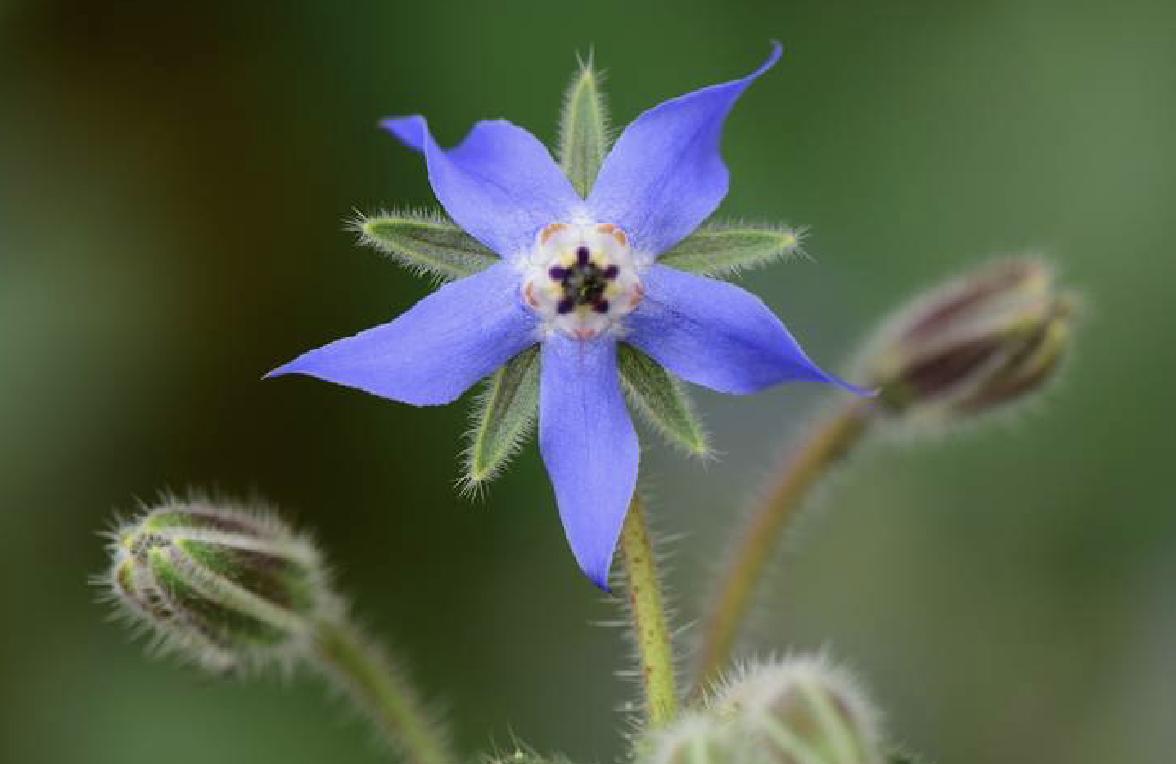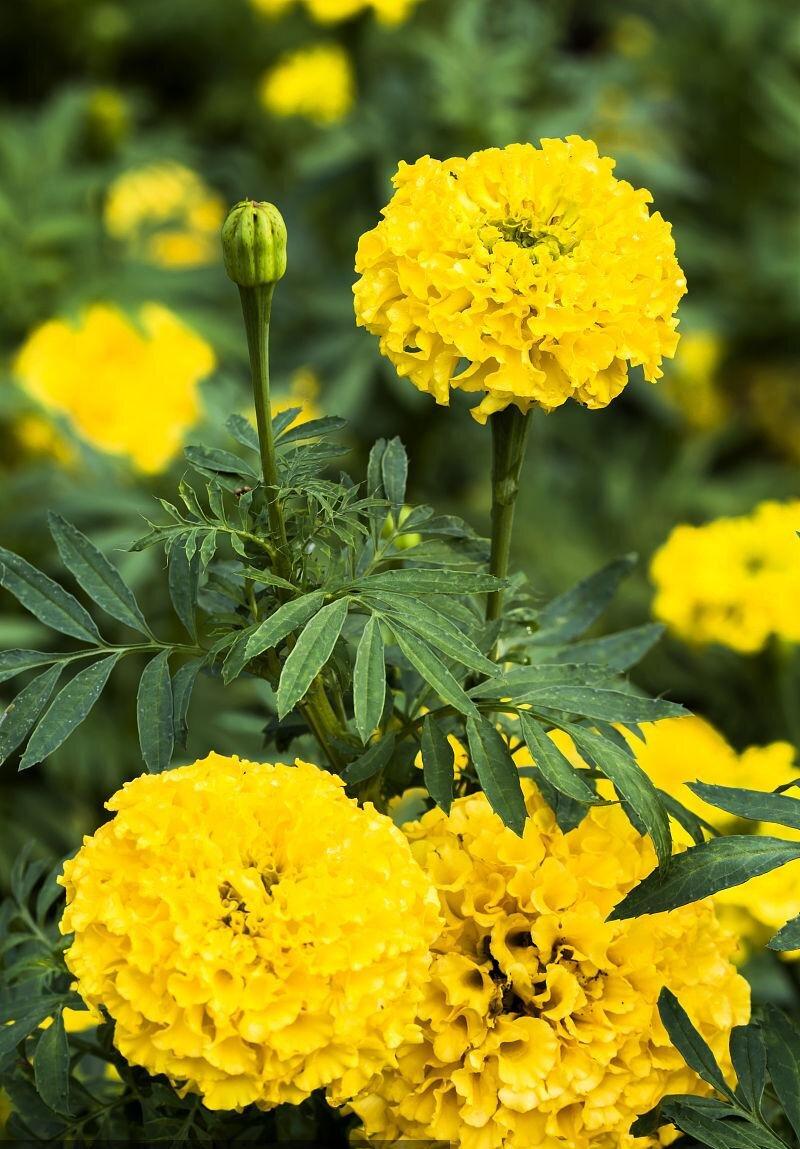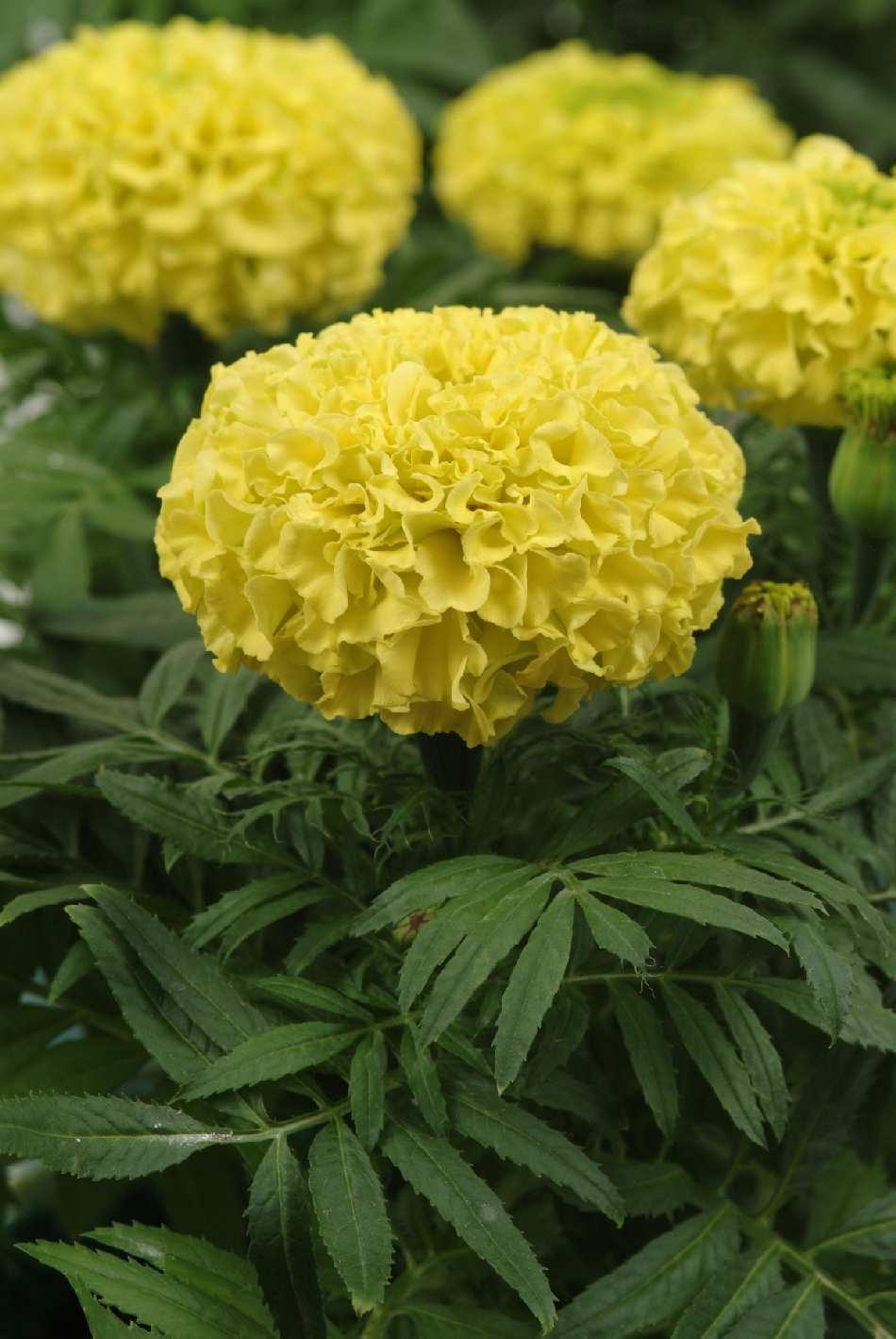Once, Drosera, the carnivorous plant, longed for a taste of freedom. With its sticky tentacles, it captured insects for nourishment. But one day, it caught a troubled fly who whispered tales of distant lands. Filled with curiosity, Drosera vowed to explore beyond its boggy habitat. It devised a plan to hitch a ride on migrating birds, attaching itself to their feathers. As they soared high, Drosera marveled at breathtaking landscapes, meeting new species. Despite its limitations, Drosera proved that even a small plant can dream big and journey far, reminding us that determination knows no bounds.
Picture
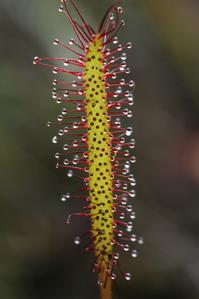
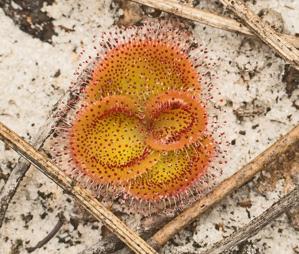
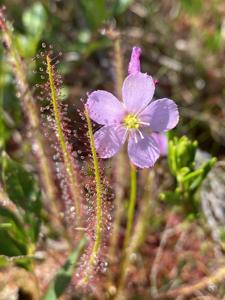
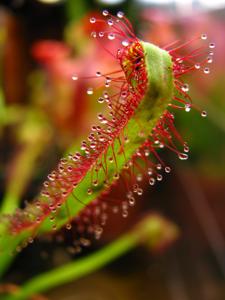
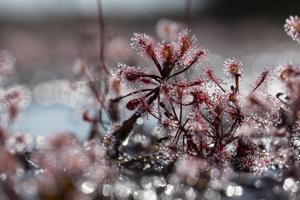
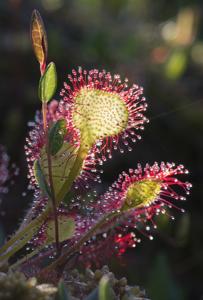
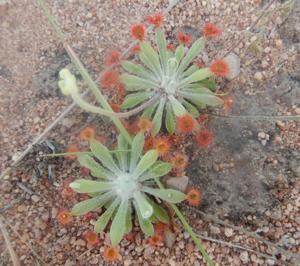
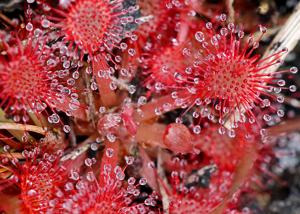
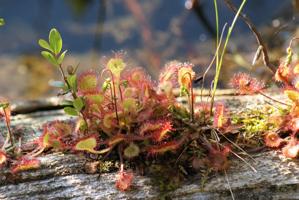
Plant some seeds now!
Short Description
Drosera, which is commonly known as the sundews, is one of the largest genera of carnivorous plants, with at least 194 species. These members of the family Droseraceae lure, capture, and digest insects using stalked mucilaginous glands covering their leaf surfaces. The insects are used to supplement the poor mineral nutrition of the soil in which the plants grow. Various species, which vary greatly in size and form, are native to every continent except Antarctica.
Charles Darwin performed much of the early research into Drosera, engaging in a long series of experiments with Drosera rotundifolia which were the first to confirm carnivory in plants. In an 1860 letter, Darwin wrote, “…at the present moment, I care more about Drosera than the origin of all the species in the world.”
Description
A tuber of D. zonaria, a tuberous sundew, beginning its winter growth
Sundews are perennial (or rarely annual) herbaceous plants, forming prostrate or upright rosettes between 1 and 100 cm (0.39 and 39.37 in) in height, depending on the species. Climbing species form scrambling stems which can reach much longer lengths, up to 3 m (9.8 ft) in the case of D. erythrogyne. Sundews have been shown to be able to achieve a lifespan of 50 years.: 102 The genus is specialized for nutrient uptake through its carnivorous behavior, for example the pygmy sundew is missing the enzymes (nitrate reductase, in particular) that plants normally use for the uptake of earth-bound nitrates.
Habit
The genus can be divided into several habits, or growth forms:

